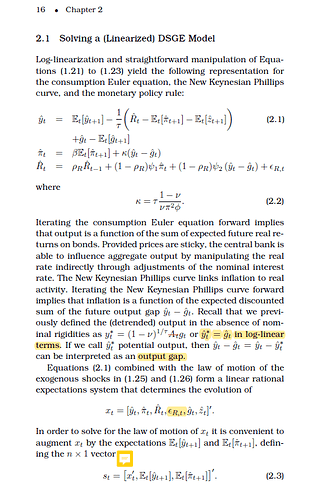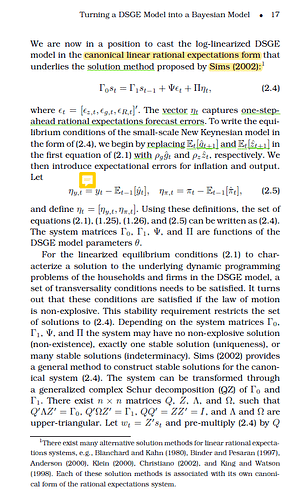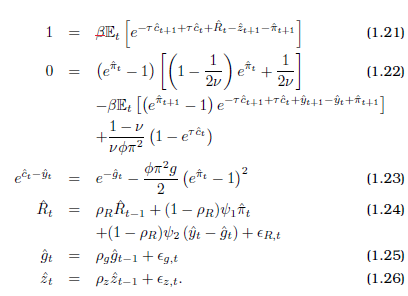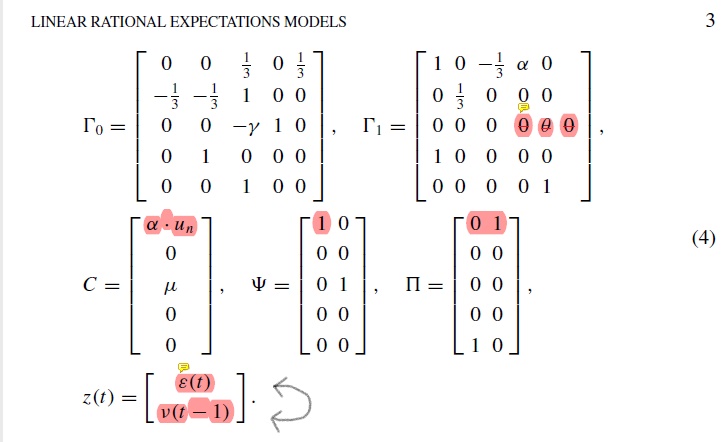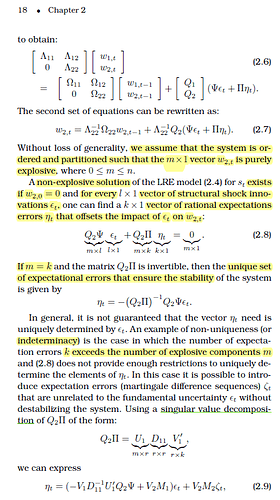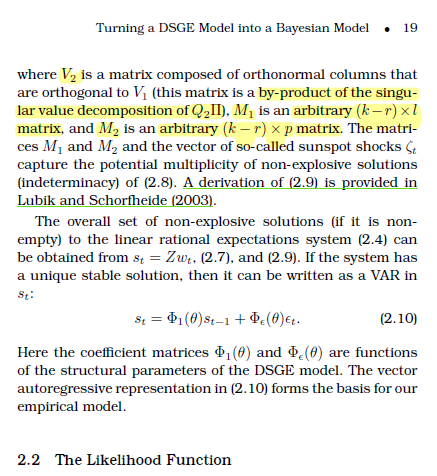Hey Community,
in the upcoming weeks I would like to invest my time to learn as much as I can about “empirical DSGEs”.
I know that there is already a lot of literature writen about the estimation of DSGE models and related empirical applications, e.g. Smets & Wouters (2003, 2007); An & Schorfheide (2007); the Handbook Chapters in the Handbook of Macroeconomics of Lindé et al. (2016) and Fernández-Villaverde et al. (2016) as well as the Chapter of Del Negro & Schorfheide (2013) in the Handbook of Economic Forecasting.
To understand this empirical literature I have to study a lot.
This brings me to the question of whether there is a path of least resistance?
What would be the necessary study plan to start with before I can replicate the first empirical paper?
I would like to focus on bayesian estimation of DSGE models in the first step.
Fortunately, I have a modest understanding of bayesian statistics as well as DSGE models, but ironically I have no clue when it comes to the combination of both.
It would be nice, if someone could outline a path of least resistance like a series of introductory material which introduces me into this field.

